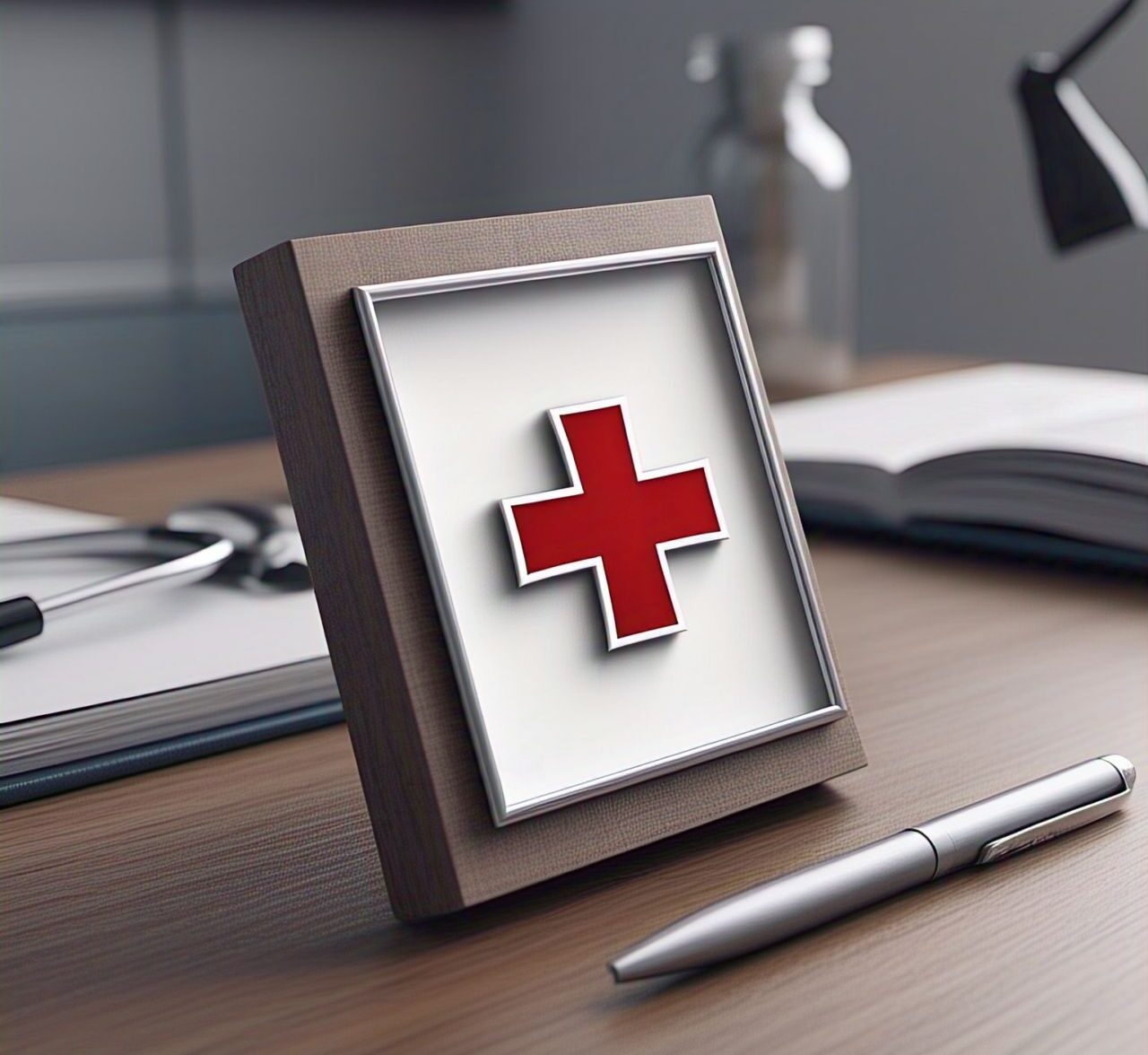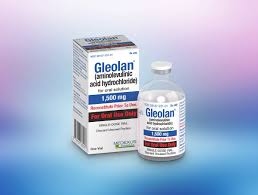Geodon
Geodon, or ziprasidone in its generic form, is an exceptional atypical antipsychotic medication, primarily employed in the management of psychiatric disorders such as schizophrenia and bipolar disorder. This sophisticated treatment modulates the brain’s chemical dynamics, fostering a harmonious balance in mood and behavior. As a member of the second-generation antipsychotics, Geodon is renowned for its…





